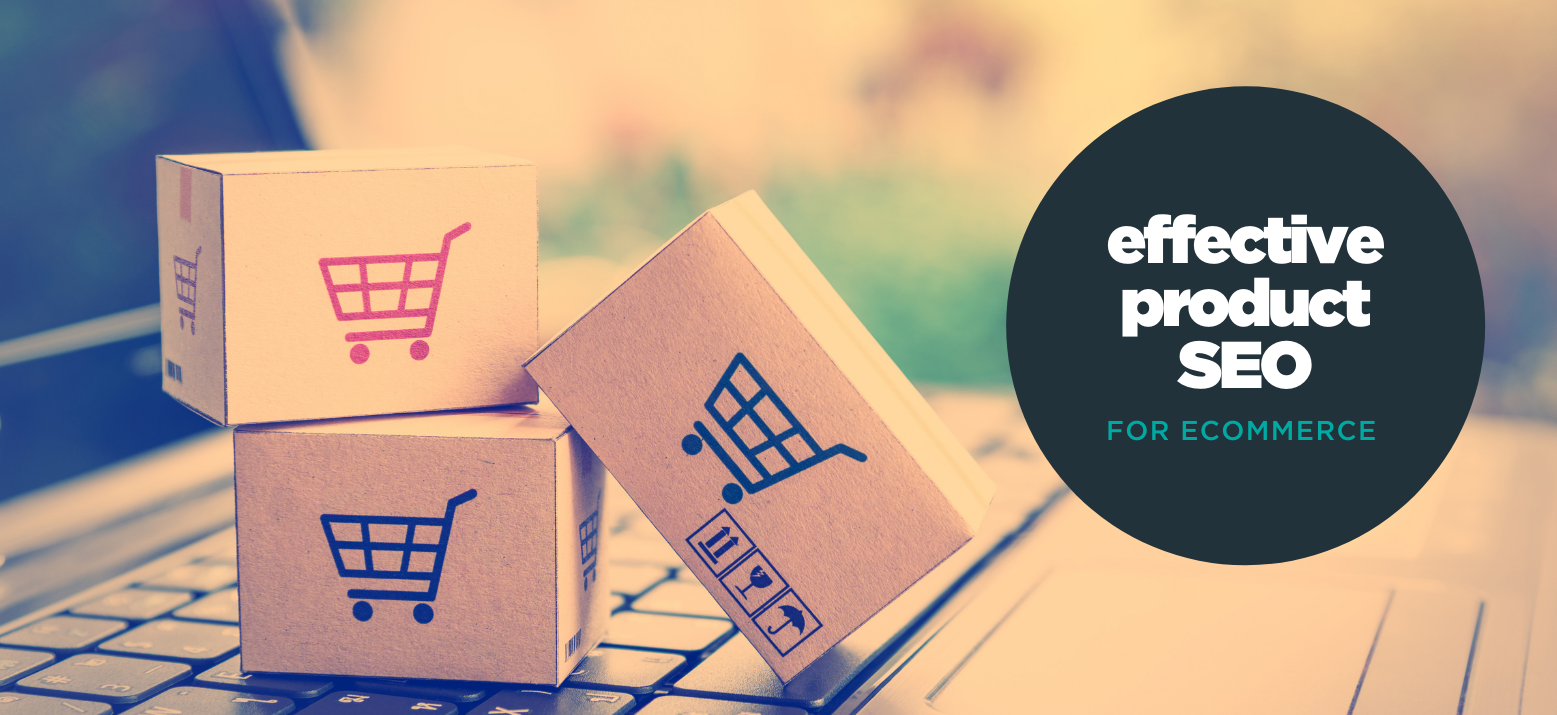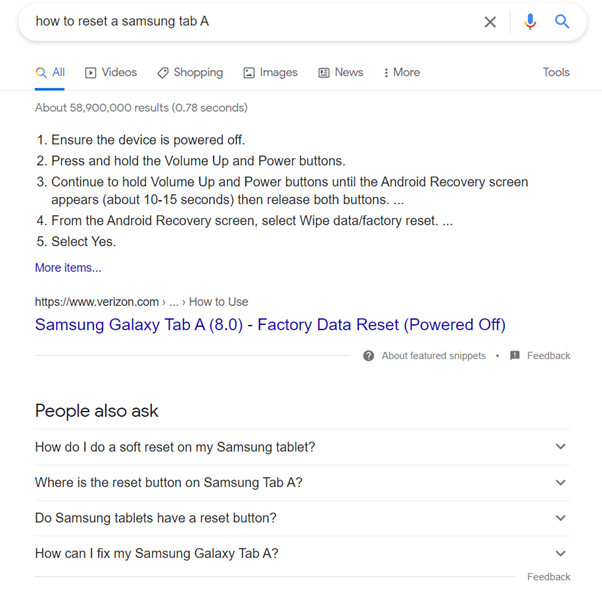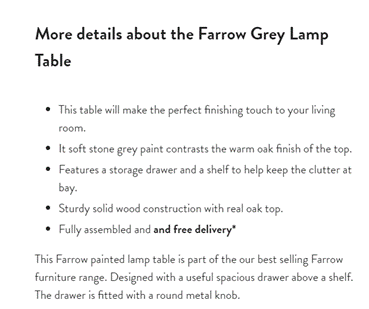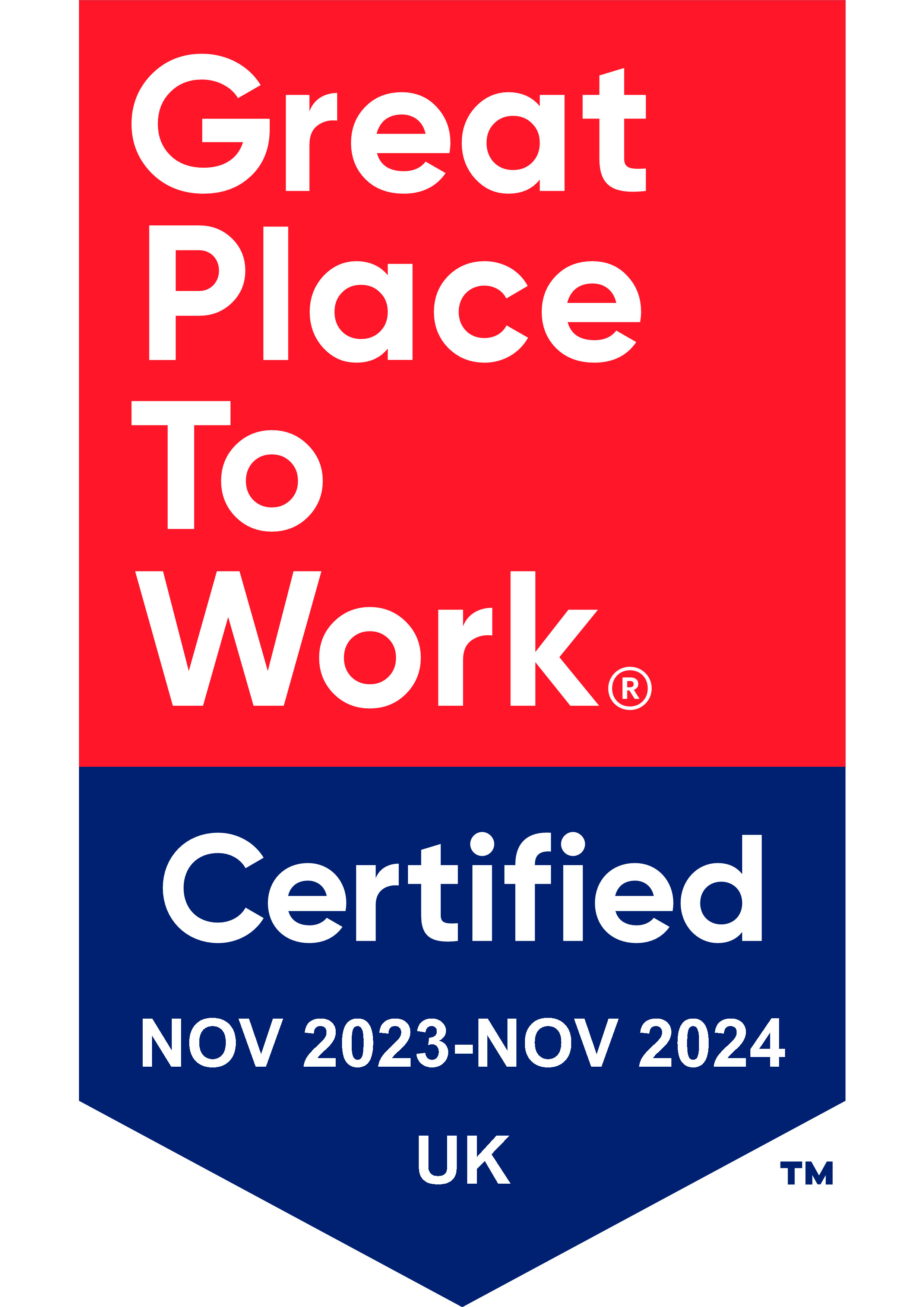An effective SEO strategy can completely transform the online profile of an ecommerce brand and get products in front of the right audience at the time that they are likely to buy, but many online retail businesses avoid product optimisation altogether. For some websites, this could be because they sell thousands of products and it can be difficult to know where to start, it might be because products change frequently or go in and out of stock a lot, so is it really worth it? Or it can simply be because it gets pushed down the priority list again and again.
While optimising every single product isn’t realistic or even the right approach for all online businesses, SEO for ecommerce product pages can be highly effective, which means that any online retailer who has hero products, products that have particularly good margins or other high priority products, it’s worth looking at how to make the most of these website pages as part of your overall ecommerce SEO strategy.
How can I improve my product SEO?
When it comes to improving product SEO, there are two main areas of focus and obviously different ecommerce brands will be at different starting points with this. The first area is in getting the fundamentals right by implementing product page SEO best practices, so that search engines can find and understand the page in relation to your intended audience. The second is providing unique value to users so that search engines have a good reason to show your product page to the relevant people.
Our five keys to effective product page SEO are:
A product-focused keyword strategy
When it comes to product-focused keywords, search volume is less important than relevancy. This is because you want to attract the people to the product page who are ready to make a purchase decision (“purchase intent”). Driving two people to the page via search engines who convert to customers is much more valuable to your business than attracting 2,000 people who won’t ever buy from you.
So, what does that mean from a practical point of view? What kinds of keywords show buying intent? This will depend somewhat on what you sell. For example, if you sell a piece of tech e.g. a drone, you’ll be looking for keywords that include model numbers, details or product specifications. If someone has already researched the exact model, they’re much more likely to be ready to buy than someone searching for more generic terms like ‘drone’.
For fashion ecommerce brands, a product keyword strategy could include terms related to the style, cut, material, colour or context of the product e.g. someone looking for a dress to wear as a guest at someone’s wedding might search for something like ‘red midi dress wedding’. They might even specify further e.g. ‘red lace midi dress wedding guest’.
Depending on the product you’re optimising, you’ll need to do a little keyword research to try and work out what a motivated potential buyer might search for to find it (tools like Moz, SEMrush or Ahrefs can help with this, as well as understand what your competitors’ keywords are). Your own website’s Google Search Console queries might also give you some clues in this area.
Title tags and page descriptions that accurately represent the product
This can be a really important part of ecommerce product SEO, because it not only tells search engines what a page contains, the title and description appear in search engine results and can persuade a user to actually click through. They will only do this if your result seems to match what they expected when they searched.
You should include the brand and name of the product if you’re a reseller, along with a model number, if appropriate, and the description could make all the difference as to whether someone clicks through or not, so ensure it is engaging, includes USPs and encourages action.
Using product-relevant structured data
Structured data, also often referred to as schema, is ‘hidden’ information that can be added to the code of your website which search engines can use to show what’s known as ‘rich snippets’ in their results for relevant searches. There’s a variety of types of schema, but from a product page point of view, you can add ‘product schema’ and ‘review schema’ (as long as the page has at least one review or rating) which can show up as something like this for a search for a popular model of fitness tracker device:
Appearing as rich snippets is known to drive more impressions and clicks from search engine results, which can improve your overall click-through-rate (CTR) as well as generating more sales – because the result is simply more visible than others.
Adding useful product FAQs
As with any best practice SEO, content is always a big contributing factor to success in this area. With product pages, there are many different areas in which it’s possible to add useful content and one of the most straightforward is by including frequently asked questions and respective answers on the page. Whilst it is technically possible to add FAQ page schema to a product page, this can be counterproductive because the questions and answers are not the main focus of the page, the product is. Instead, you can try to target things like Google’s featured snippets and ‘People also ask’ sections by including questions and unique, concise answers to them on key or hero product pages.
Most shoppers don’t want to have to call up a customer service line or engage with a chatbot to have a fairly simple product question answered, so having this kind of information right there on the product page can be really helpful for potential customers.
What kind of questions do people commonly ask? You may already know this with products that you’ve been selling for a while, but if you’re not sure, you can start with purely practical questions. For something like tech, this could be ‘What’s included in the [product name] box?’ or how to use some useful features; for fashion, this could relate to sizing, materials used or caring for the garment once purchased.
Writing unique product descriptions
One of the biggest missed opportunities for ecommerce product SEO is when an online retailer who resells will simply copy and paste the manufacturer’s product description onto their own page and call it ‘job done’.
By creating unique content describing the product, you are providing something different from everyone else, which alone can be a reason for search engines to return your product page as a result. You also get to choose which keywords you include in your unique product content, which can make a big difference to the kinds of terms the page can start to rank for.
Consider incorporating some of the different applications for the product if you can, to provide both search engines and website users with more context for the product and give them more reasons to potentially buy it.
This doesn’t mean you have to write an essay on products – usually a few unique bullet points are enough to help it stand out.
For example, this table available from Roseland Furniture has just small amount of unique copy that isn’t duplicated across other products in the range/category and contains key terms that people are likely to search for, such as the colour, materials and features like having a drawer and shelf.
Other areas for product optimisation
There are lots of other minor tweaks and optimisations that you can make to your product pages which can also play a role in organic performance, such as:
Image optimisation
Ideally every product page will contain images. In a perfect marketing world, these visuals would be your own unique images rather than the standard ones provided by the manufacturer, but this might not be possible for every product you want to optimise.
Ensure that images are of an appropriate file size that won’t slow down the page loading speed – something under 70 kb per image is a good size to aim for. Shopify have written a really useful blog on image optimisation for ecommerce websites.
Mobile-friendliness
Make sure you check, check and recheck how your product pages work on mobile devices. Not only is this a major consideration for search engines (even for desktop searchers), it also makes a huge difference to customers’ user experience and conversion rates.
If you’d like to discuss product page optimisation or have any other SEO queries, get in touch with our team for a chat about how we can help your business.












